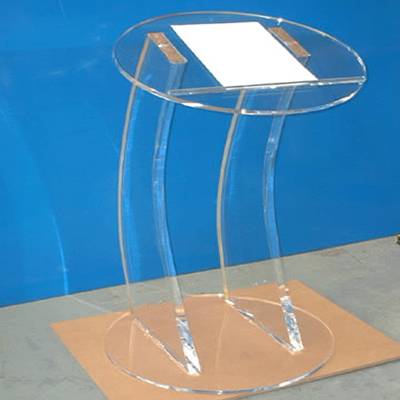So why even opt to produce plastic materials? For starters, plastic manufacturing generally has the advantage of having comparatively quick completion times, and in contrast to the majority of materials there is also the option of colouring plastic prior to manufacturing, as opposed to after. It’s significant malleability means that it has a relatively low melting temperature, and it’s far more light-weight than many other resources – these two factors simplify the production process. Moreover, plastic materials are comparatively inert and therefore have high chemical resistance. In spite of these positive aspects, plastic material is however unsuitable for purposes that necessitate a very high physical integrity, and is quite vulnerable to wear in the long-term.
Overview Of CNC Machining
CNC machining is a computer operated subtractive approach, that eliminates material from plastic in order to build the chosen shape. The computer is high-tech, with the capability to change a model into numbers by using a computer assisted design software system. The figures are able to control the equipment to cut the required shape. To setup, the machines require an intermediate step in the creation and validation of tool paths. Once the machine receives the tool paths, the subtractive process is launched. When the assemblage is complete, the component is cleansed, smoothed, and cut.
For low quantity plastic component part applications that need tight tolerances and shapes which are challenging to shape, machining is suitable. CNC machining also has low to medium initial costs, and can also produce premium quality plastic parts with short finishing times. Nevertheless, with an increase of product difficulty, the associated fee per part increases. On top of that, the procedure needs tool access considerations, and particular shapes, including those with spherical internal channels, are near-impossible to create with CNC manufacturing.
Introduction To Vacuum Formation
Vacuum formation is a method during which plastic is heated up and moulded, usually working with a mould. The scale and complexity of vacuum-forming machines range between inexpensive desktop devices to state-of-the-art manufacturing machinery. You will discover several snap frame poster internet pages in England, if you are looking for additional information or maybe values this web page is a superb starting place www.display-warehouse.co.uk/
It is often suited to any task, ranging from tailor-made designs to large-scale production, taking into consideration the large range of equipment offered and that automatization is undoubtedly an option when necessary. However, there is little flexibility in the different types of design it can produce, and is unfortunately exclusively competent to produce parts with simple geometries. Compared to various other techniques, tooling costs are low, since vacuum formation merely needs minimal forces and pressures. Generally, for modest manufacturing sizes the moulds are constructed of 3D printed resin, or possibly plaster, and then for larger development sizes more durable equipment made from metal is commonly used.
The manufacturing process commences with a sheet of plastic material being clamped and heated up until the plastic becomes mouldable. The plastic is then put into the mould and chilled, and often fans as well as other chilling techniques are utilised in order to accelerate the chilling process. The last stage entails any surplus plastic being removed.

